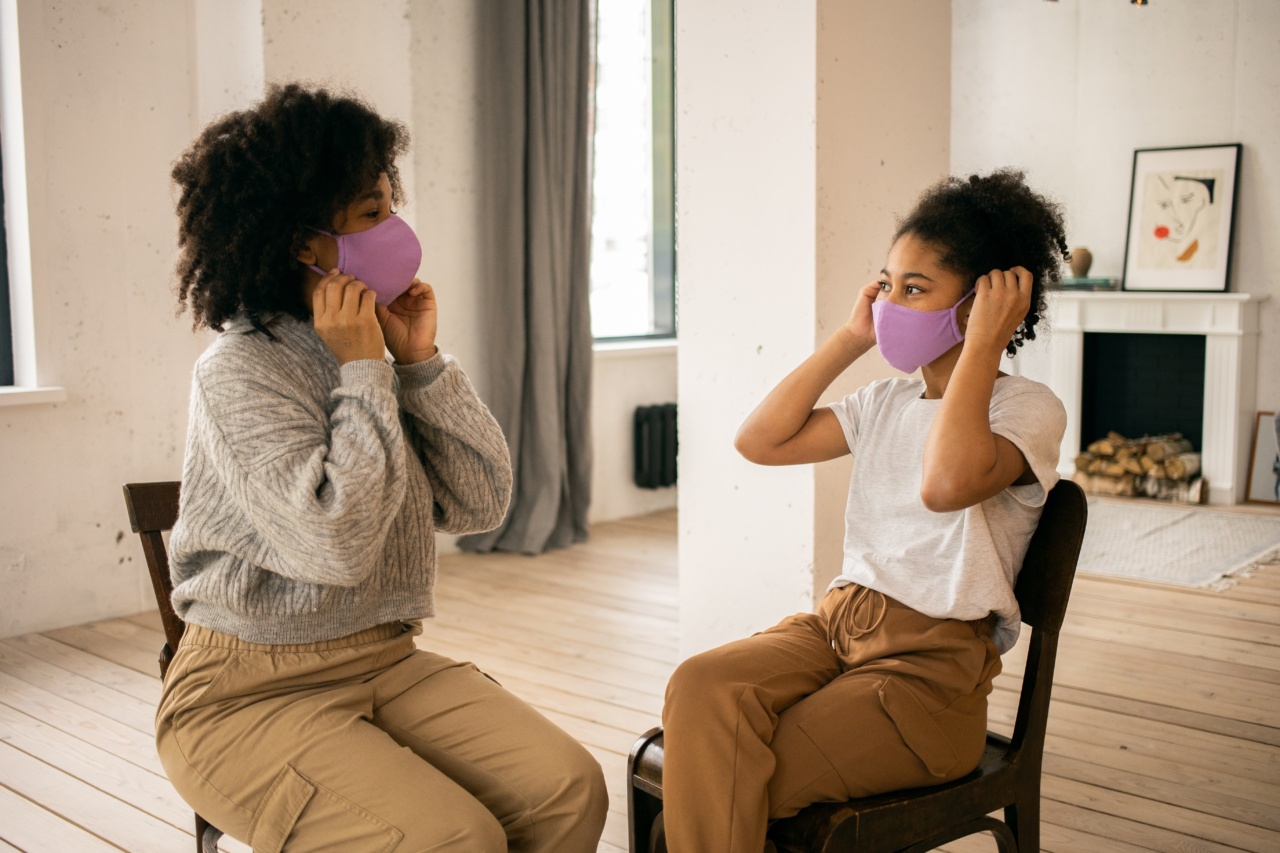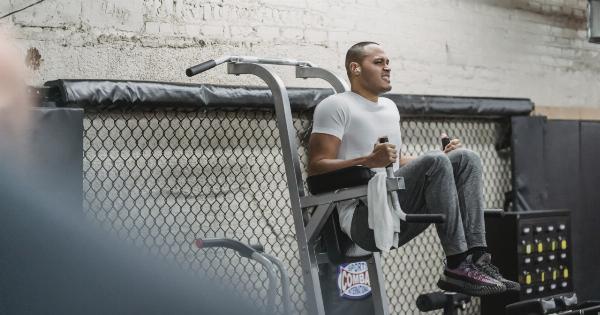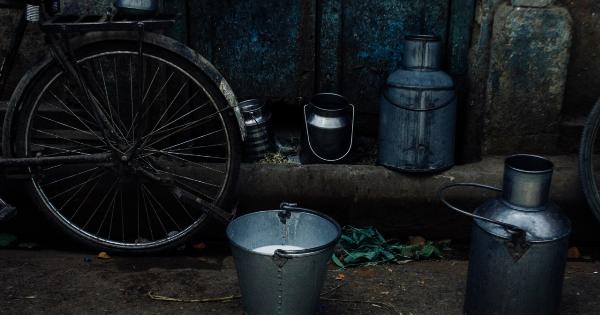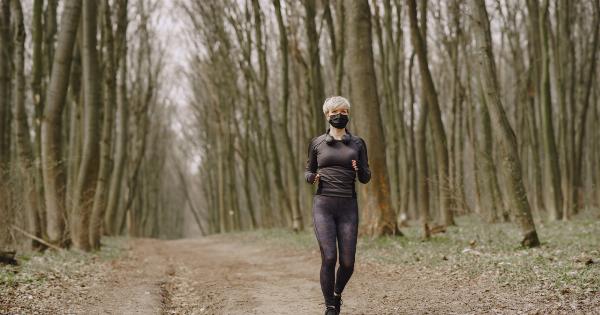Osgood-Schlatter’s disease is a common condition that affects the knees in growing children and adolescents. It is characterized by pain and swelling just below the knee, where the patellar tendon connects the shinbone.
This condition typically occurs during growth spurts when bones, muscles, and tendons are rapidly maturing. Understanding Osgood-Schlatter’s disease can help parents recognize the symptoms, seek appropriate treatment, and support their child during the recovery process.
Causes and Risk Factors
The exact cause of Osgood-Schlatter’s disease is unclear, but it is believed to result from the mechanical stress placed on the patellar tendon during activities that involve repetitive knee movements, such as running, jumping, or playing sports. The condition is more common in boys than girls, and it typically affects children between the ages of 10 and 15. Factors that may increase the risk of developing Osgood-Schlatter’s disease include:.
- Rapid growth spurts
- Participation in sports or activities involving repetitive knee motions
- Tightness in the leg muscles and tendons
- Weak quadriceps muscles
Symptoms
The primary symptom of Osgood-Schlatter’s disease is knee pain, which is usually localized just below the kneecap. The pain tends to worsen with physical activity, especially activities that involve kneeling, jumping, or running.
Swelling may also be present, and the affected area may feel tender to the touch. Symptoms typically occur in one knee but can affect both knees simultaneously.
Diagnosis
Diagnosing Osgood-Schlatter’s disease involves a thorough examination of the affected knee, evaluation of symptoms, and consideration of the child’s age and physical activity history.
X-rays are usually not necessary but may be ordered if there is a suspicion of other underlying conditions. The healthcare provider may also analyze the child’s gait and range of motion to ensure an accurate diagnosis.
Treatment Options
Most cases of Osgood-Schlatter’s disease can be managed with conservative treatment options, including:.
- Rest: Reducing or avoiding activities that worsen the pain, especially high-impact sports or exercises.
- Ice: Applying ice packs to the affected knee for around 15-20 minutes at a time, several times a day, to reduce swelling and pain.
- Pain relief: Over-the-counter pain medications, such as acetaminophen or ibuprofen, may help alleviate discomfort. However, it is crucial to consult a healthcare professional before giving any medications to children.
- Physical therapy exercises: Strengthening the quadriceps and stretching the leg muscles can help stabilize the knee joint and relieve symptoms.
- Patellar tendon strap: Wearing a strap above the kneecap can help alleviate pain by reducing the force exerted on the tendon during physical activity.
Surgery is rarely required for Osgood-Schlatter’s disease and is only considered in rare cases when pain persists despite conservative treatment methods.
Prevention and Self-Care
While Osgood-Schlatter’s disease may be challenging to prevent entirely, certain measures can help reduce the risk and manage symptoms:.
- Encourage regular warm-up and cool-down exercises before and after physical activities to prepare the muscles and tendons.
- Ensure children use appropriate protective gear during sports or activities, such as knee pads.
- Guide children in maintaining a healthy and balanced lifestyle, including a nutritious diet and adequate rest.
- Teach children proper technique and form during sports or physical activities to avoid placing excessive stress on the knees.
- Monitor the child’s physical activity levels and encourage rest days to avoid overuse.
Supporting Your Child’s Recovery
As a parent, there are several ways you can support your child during their recovery from Osgood-Schlatter’s disease:.
- Provide emotional support and reassurance, as the pain and limitations caused by the condition can be frustrating for a child.
- Encourage compliance with the prescribed treatment plan, including rest, exercises, and any necessary modifications to physical activity.
- Ensure open communication with healthcare professionals, addressing any concerns or changes in symptoms promptly.
- Help your child maintain a positive outlook and focus on other activities they enjoy while restricting high-impact exercises.
When to Seek Medical Help
While Osgood-Schlatter’s disease often resolves on its own with conservative treatment, it is essential to consult a healthcare professional if:.




























